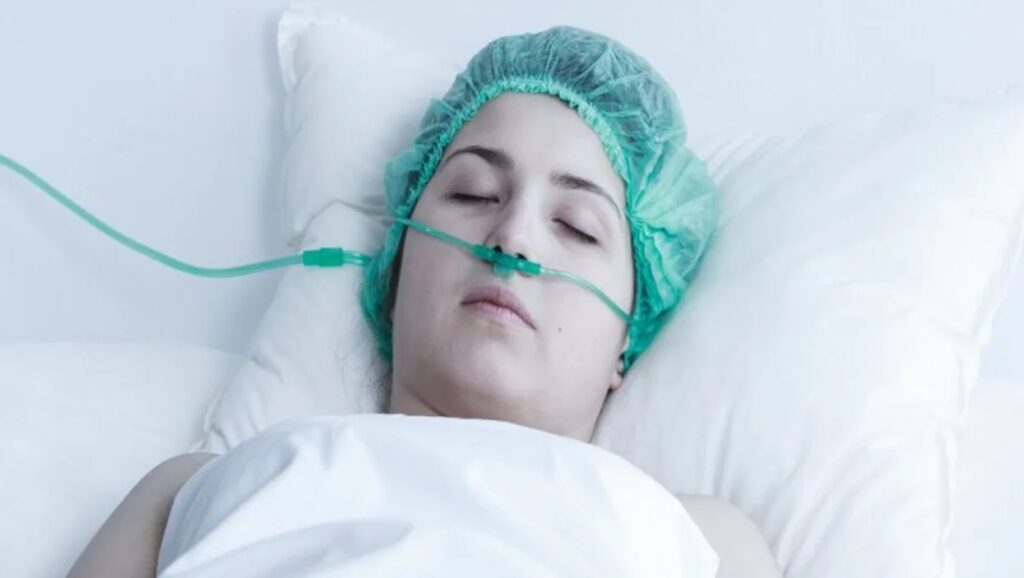12/10/2023
12/10/2023

NEW YORK, Oct 12, (Agencies): In the realm of brain injuries, some patients may appear comatose, yet beneath the surface, they remain aware of their surroundings, unable to physically respond. The perplexing gap between comprehension and reaction characterizes a condition known as Cognitive Motor Dissociation (CMD). Neuroscientist Sudhin Shah at Weill Cornell Medicine in New York City emphasizes that these individuals may well understand their surroundings but find themselves trapped in unresponsive bodies.
CMD, a condition afflicting approximately 15% of patients initially presumed to be unresponsive, has often evaded diagnosis due to the advanced equipment and expertise required for accurate evaluation.
However, a recent development has emerged, offering a more accessible solution for identifying CMD. Researchers have harnessed the potential of structural Magnetic Resonance Imaging (MRI), a standard clinical tool, to uncover specific brain lesion patterns distinctive to CMD patients. These MRI scans are now positioned as a valuable screening tool, ensuring that CMD patients are not prematurely removed from life support, ultimately enhancing their chances of recovery.
Traditionally, when someone with a brain injury arrives in the emergency room, medical staff employ CT scans or structural MRI to detect urgent issues like swelling, fluid leakage, or hemorrhaging. An Electroencephalogram (EEG) is often utilized to evaluate brain activity, serving as an indicator of overall brain health. Depending on the test results, patients may receive medication, such as seizure prevention, and could be placed on life support.
Presently, the diagnosis of CMD necessitates access to specialized labs worldwide, offering two primary diagnostic methods: functional EEG, an advanced alternative to conventional EEG, and functional Magnetic Resonance Imaging (fMRI), tracking changes in brain blood flow.
A crucial development in CMD diagnosis occurred when Jan Claassen, a neurocritical care physician and director of Critical Care Neurology at Columbia University/New York-Presbyterian Hospital, led a study. The study simplified CMD diagnosis by merging structural MRI with the existing functional EEG approach. By identifying 21 CMD patients among a group of 107 brain injury patients, the research successfully discerned two distinct brain lesion patterns, exclusively present in CMD patients.
Remarkably, these lesion patterns appeared in regions of the brain governing motor functions but not in areas related to command interpretation or arousal. This breakthrough provides a more straightforward and accessible approach to CMD diagnosis, ensuring that patients receive the appropriate care while averting the premature cessation of life-sustaining treatments.
This advance not only empowers families to make informed decisions about their loved ones' care but also opens avenues for CMD-specific clinical trials, exploring various brain stimulation techniques and therapeutic interventions. Promisingly, the drug amantadine, known to aid recovery in patients with minimal consciousness, may find application in CMD treatments, potentially expediting recovery rates.
Furthermore, technology like Brain-Computer Interfaces (BCI) could revolutionize the lives of CMD patients by translating brain signals into actionable commands for external devices. Claassen and his colleagues aspire to adapt BCIs to establish communication bridges for CMD patients, potentially transforming the lives of those who have remained incommunicado for extended periods.
Recognizing the value of identifying CMD patients is crucial, but as Shah underscores, it's just the first step. The ensuing challenge is to leverage these insights to help CMD patients regain control and reconnect with their world.


